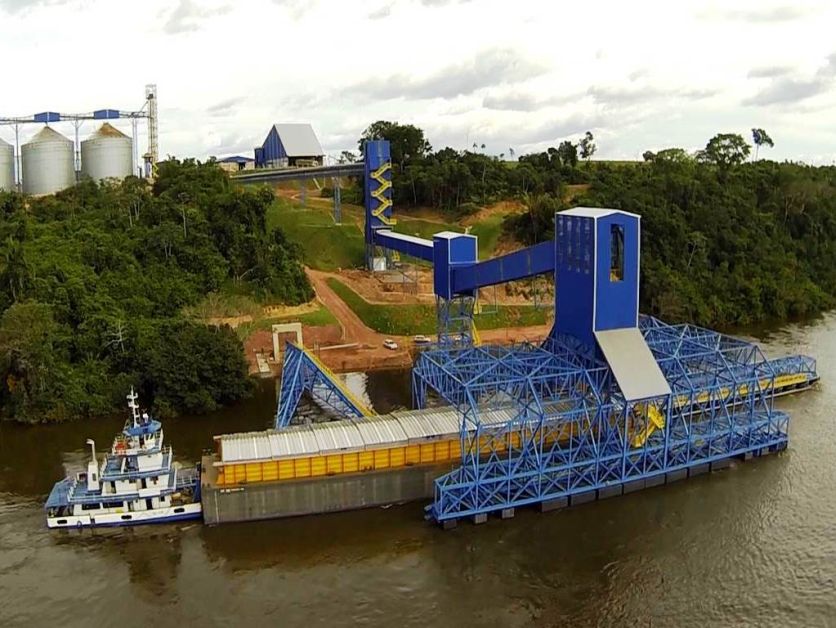Brazil, known and often reviled in the U.S. ag sector for its successful World Trade Organization challenge to U.S. cotton support programs, is now suspected of breaking WTO rules by subsidizing its rice exports.
The land of samba and soybeans is also a major rice producer and the government has dusted off a pair of support programs that U.S. farmers and millers say are being used to push Brazilian rice into the U.S. and other countries where the U.S. fights to keep a market share.
Brazil is the tenth largest rice exporter in the world and competes with U.S. exports to countries like Venezuela, Nicaragua, Costa Rica, and Peru.
Brazil’s government uses the two programs – the Premium for Product Outflow (PEP) and the Equalization Premium Paid to the Producer (PEPRO) – to help farmers sell off their stocks and move rice from big production areas to states where little or none is produced.
But the government has also previously used the programs to help get rice surpluses out of domestic silos and onto the international market.
The USA Rice Federation does not yet have solid proof, but the circumstantial evidence is strong. Brazilian rice exports to the U.S. for the first two months of this year are 60 percent higher than they were in January and February of 2017. That coincides with Brazil’s renewed use of the two subsidy programs that have not been operational since 2011.
Brazil exported about $3.1 million worth of rice to the U.S. from January through February, according to USDA data. That’s a significant increase from the $2.2 million that Brazil shipped here in the first two months of 2017.
And then there are the anecdotal accounts in the U.S. A miller here called in to USA Rice to complain that he lost a sale to Brazilian imports. The miller said he didn’t know how much the customer paid for the Brazilian rice, but stressed he was offering his rice at 25 cents per pound, which is “about as low as you can get in the business.” Anything less would be selling “at cost.”
If you take into account that the cost of transporting that Brazilian rice to the U.S. is far more expensive than sourcing domestically, it’s just more evidence that Brazil is selling subsidized rice at below market value, said USA Rice spokesman Michael Klein.
That is technically considered dumping and it’s against WTO rules.
“Although the programs are intended to facilitate the movement of commodities within Brazil, nothing bars them from exporting the rice,” said Bobby Hanks, chairman of the USA Rice International Trade Policy Committee. “If rice is indeed being exported under these programs, then this is a WTO violation, of great concern to us, and exactly the sort of unfair trade practices that hurt U.S. farmers and that the Trump Administration is cracking down on.”
Brazil’s Ministry of Agriculture, also called CONAB, announced last week that it is preparing to hold its sixth auction this year under the two programs – PEP and PEPRO – on Thursday this week. The first was held in January at about the time that Brazilian rice exports to the U.S. began climbing.
On Thursday CONAB said it is prepared to help facilitate the sale of 107,000 tons of rice from farmers’ stockpiles in the southern states of Rio Grande do Sul and Santa Catarina, two of the biggest rice-producing states in the country.
In the previous five auctions, CONAB said it successfully facilitated the sales of 346,200 tons of rice from southern Brazil.
Overall, the Brazilian government plans to spend about the equivalent of $29 million on the two subsidy programs, according an announcement made in December.
Klein told Agri-Pulse that the group has taken up the issue with both the U.S. Trade Representative and the USDA in an effort to get the agencies to confront Brazil.
U.S. government officials have assured USA Rice that they are doing exactly that at the WTO, although the U.S. has not made a move to challenge Brazil officially by asking for a dispute panel.
That could still come. Klein said Brazil is usually good about reporting exports and USA Rice expects a clearer picture soon of exactly how the subsidy programs are affecting the country’s exports.
For more news, go to: www.Agri-Pulse.com


